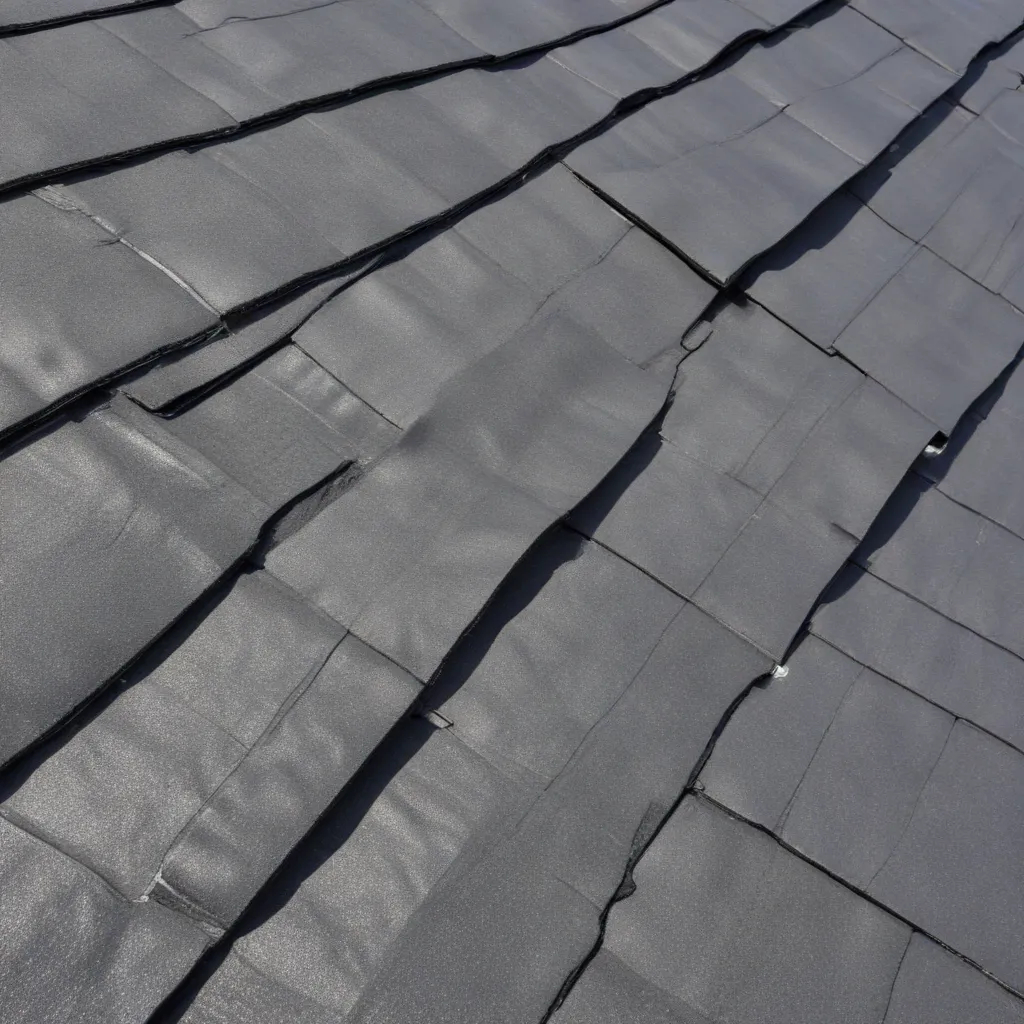
As an experienced roofing specialist, I understand the critical role that roof underlayment plays in protecting your home from the elements. Whether you’re considering a new tile roof, exploring composite roofing innovations, or upgrading to a metal roof, the right underlayment can make all the difference in ensuring your home is weatherproofed and energy-efficient.
Understanding Roof Underlayment
Defining Roof Underlayment
Roof underlayment is a protective layer installed directly on the roof deck, beneath the primary roofing material such as shingles, tiles, or metal panels. This crucial component acts as a secondary barrier, safeguarding your home from wind, rain, and moisture intrusion.
Functions of Roof Underlayment
The primary functions of roof underlayment include:
- Moisture Barrier: Preventing water penetration and reducing the risk of leaks, mold, and rot in the roof assembly.
- Thermal Insulation: Enhancing the overall thermal performance of the roof system, improving energy efficiency.
- Wind Resistance: Providing an extra layer of protection against high winds, reducing the risk of blow-offs and damage.
- Fire Resistance: Offering improved fire safety, especially in areas prone to wildfires.
Types of Roof Underlayment
There are several types of roof underlayment, each with its own unique characteristics and advantages:
- Asphalt-Saturated Felt: A traditional and cost-effective option, but can be more susceptible to deterioration over time.
- Synthetic Underlayment: Durable, tear-resistant, and lightweight, making it a popular choice for many homeowners.
- Rubberized Asphalt Underlayment: Offers superior water-resistance and sealing properties, suitable for extreme weather conditions.
- Inorganic Modified Underlayment: A proprietary solution from Genuine Roof Systems, designed for fast and easy installation with mechanical attachment and self-adhering technology.
Importance of Weatherproofing
Protecting against Weather Elements
Ensuring your roof is properly weatherproofed is crucial, especially in regions prone to severe storms, hurricanes, or heavy snowfall. Roof underlayment acts as a critical line of defense, shielding your home from the damaging effects of wind, rain, and moisture intrusion.
Enhancing Energy Efficiency
In addition to protecting against the elements, quality roof underlayment can also contribute to improved energy efficiency. By enhancing the thermal performance of the roof system, underlayment can help reduce heat transfer, leading to lower cooling and heating costs.
Preventing Water Damage
Roof leaks can cause extensive damage to your home, leading to mold growth, wood rot, and costly repairs. Proper underlayment installation creates a reliable moisture barrier, safeguarding your home’s structural integrity and protecting your valuable investment.
Roof Underlayment Installation
Preparation and Considerations
Before installing your roof underlayment, it’s crucial to properly prepare the roof deck. This may involve ensuring the surface is clean, dry, and free of any debris or protrusions that could compromise the underlayment’s performance.
Additionally, it’s important to consider factors such as the roof’s slope, the primary roofing material, and the local climate conditions to select the most appropriate underlayment for your needs.
Step-by-Step Installation Process
The installation of roof underlayment typically involves the following steps:
- Unrolling and positioning the underlayment on the roof deck, ensuring it aligns with the roof’s edge and overlaps properly.
- Securing the underlayment in place, either through mechanical fasteners, self-adhesive properties, or a combination of both.
- Carefully sealing all laps and seams to create a continuous moisture barrier.
- Ensuring proper ventilation and airflow within the roof assembly to prevent moisture buildup.
Proper Overlapping Techniques
Correct overlapping of the underlayment is essential to maintain the continuity of the moisture barrier. The specific overlapping requirements may vary depending on the type of underlayment and the manufacturer’s instructions, but generally, a minimum overlap of 2-4 inches is recommended.
Choosing the Right Underlayment
Factors to Consider
When selecting the appropriate roof underlayment for your home, there are several factors to consider:
- Climate and Weather Conditions: Evaluate the local climate and potential for extreme weather events, such as hurricanes or heavy snowfall.
- Roof Type and Slope: Ensure the underlayment is compatible with the primary roofing material and the roof’s slope.
- Budget and Cost: Balance the initial cost of the underlayment with its long-term performance and durability.
- Ease of Installation: Consider the installation requirements and the expertise of your roofing contractor.
Comparing Underlayment Materials
Each type of roof underlayment has its own unique set of advantages and drawbacks. By understanding the key differences, you can make an informed decision that best suits your needs:
| Underlayment Type | Pros | Cons |
|---|---|---|
| Asphalt-Saturated Felt | Cost-effective, versatile | Susceptible to deterioration, heavier |
| Synthetic Underlayment | Durable, tear-resistant, lightweight | Potential quality inconsistencies, more expensive |
| Rubberized Asphalt | Superior water resistance, suitable for extreme weather | Higher cost, thicker profile |
| Inorganic Modified (Genuine Roof Systems) | Fast and easy installation, mechanical attachment, self-adhering | May require professional installation |
Evaluating Performance Characteristics
When evaluating different underlayment options, it’s important to consider their performance characteristics, such as:
- Tear Strength: Ensuring the underlayment can withstand the stresses of installation and extreme weather conditions.
- Water Resistance: Measuring the underlayment’s ability to prevent water intrusion and maintain a reliable moisture barrier.
- Thermal Properties: Assessing the underlayment’s contribution to the overall thermal efficiency of the roof system.
- UV Resistance: Determining the underlayment’s ability to withstand prolonged exposure to sunlight without degradation.
By carefully considering these factors, you can select the roof underlayment that best meets the unique needs of your home and provides long-lasting protection against the elements.
Genuine Roof Systems offers a wide range of high-performance roofing solutions, including our proprietary inorganic modified underlayment system. To learn more about our products and services, please visit genuineroofsystems.com.

























